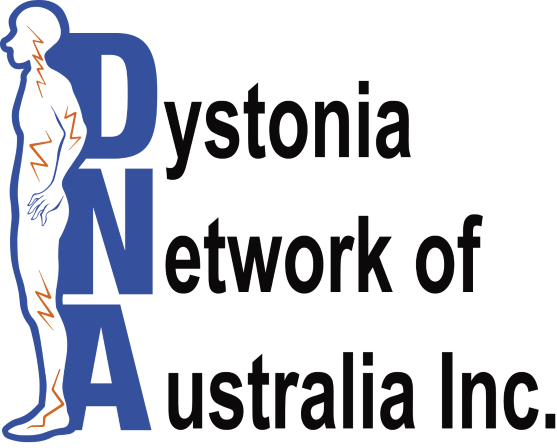What is writer’s cramp?
Writer’s cramp, a form of forearm and/or hand dystonia, is a focal dystonia causing difficulty in writing. A focal dystonia affects one area of the body. Symptoms of writer’s cramp vary from person to person and include unusual positioning of the fingers, wrist or elbow and muscle spasms and cramping of the fingers, hand and/or forearm while writing. Sometimes uncontrolled involuntary movements or tremor may occur.
These symptoms make it difficult for the person to write and for others to read their writing. For most people the dystonia only affects writing but for a number of people it may become more complicated. Other tasks that need fine motor movements, such as using a knife and fork or shaving, may also be affected.
Writer’s cramp can affect people of any age but is commonly diagnosed in people aged 30-50 years.
A similar type of dystonia, musician’s cramp, can affect musicians particularly violinists and pianists
Forearm dystonia can also be seen in sportspeople such as golfers. Pain in focal hand dystonias is not common, unlike a repetitive strain injury (RSI).
What causes writer’s cramp?
For most people no cause is found, although it can be related to repetitive movements performed over many years in some cases. A genetic cause may be found if the writer’s cramp is part of a more generalised dystonia. It is generally accepted that writer’s cramp is in part related to a problem with the functioning and connections of various areas of the brain including the basal ganglia and cerebellum.
There is no known cure for writer’s cramp but there are treatment options to reduce the severity of symptoms.
How is writer’s cramp diagnosed?
A specialist neurologist (a neurologist with a special interest in Movement Disorders) will assess the symptoms, perform a neurological examination and take a detailed history for a possible diagnosis of dystonia. There are no special scans, X rays or blood tests available to diagnose writer’s cramp but these investigations may be ordered to exclude other conditions.
What treatments are available?
For specific information on any of the following treatments please see treatment options.
Oral medications for people with writer’s cramp include benzodiazepines, antispasmodics and, in particular, anticholinergics. These medications have varying and limited success in managing the symptoms. Since side effects can occur with all medications a balance is required between possible side effects and benefit.
Botulinum toxin A injections into the forearm and/or hand muscles that are thought to be responsible for the unusual posturing or cramping is one treatment for writer’s cramp. This treatment reduces the overactivity of the muscles by weakening them. Often the injecting neurologist will be guided by recording the activity within the muscle before injecting them. This is called electromyography, or EMG.
Botulinum toxin has been used successfully and safely worldwide for many years and has the most success in reducing symptoms. Most people tolerate this treatment but possible side effects such as weakness of the injected muscles must be considered and balanced against the benefit. Where many different muscle groups are involved in the writer’s cramp, treatment may be less effective.
Surgery is not usually considered in writer’s cramp unless the person also has other types of dystonia which have not responded to medical treatment and are impacting on their quality of life (see web site for details on surgery).
Physiotherapy in writer’s cramp is complex. Physiotherapy cannot cure writer’s cramp but assessment and retraining techniques may provide relief and help you feel more in control of your symptoms. You should contact a physiotherapist who understands the condition or is willing to discuss your treatment with someone who is experienced in treating writer’s cramp.
Alternative therapies: If you are considering having alternative therapies you should discuss them with your specialist beforehand to ensure they do not cause issues with your condition or treatment.
What is the long term outlook?
In most cases writer’s cramp remains focal and the condition stabilises within a five year period. Using a “thick” pen can help writing for some individuals while others may benefit from writing with their non-dominant hand or changing their writing technique. Writer’s cramp can affect the individual physically, emotionally, socially, at work and in daily living activities. This often causes depression and anxiety. These health symptoms can have as big an impact as the physical symptoms and should be discussed with your neurologist, GP or mental health professional.
Download Brochure
Brochure – Writers Cramp – Download PDF
Not a member? Join today to assist us to continue to provide resources.
Disclaimer: The information contained on this page is of a general nature only. Please consult a Movement Disorders specialist or neurologist if you have specific questions regarding your condition.
Page reviewed 31 January 2024





